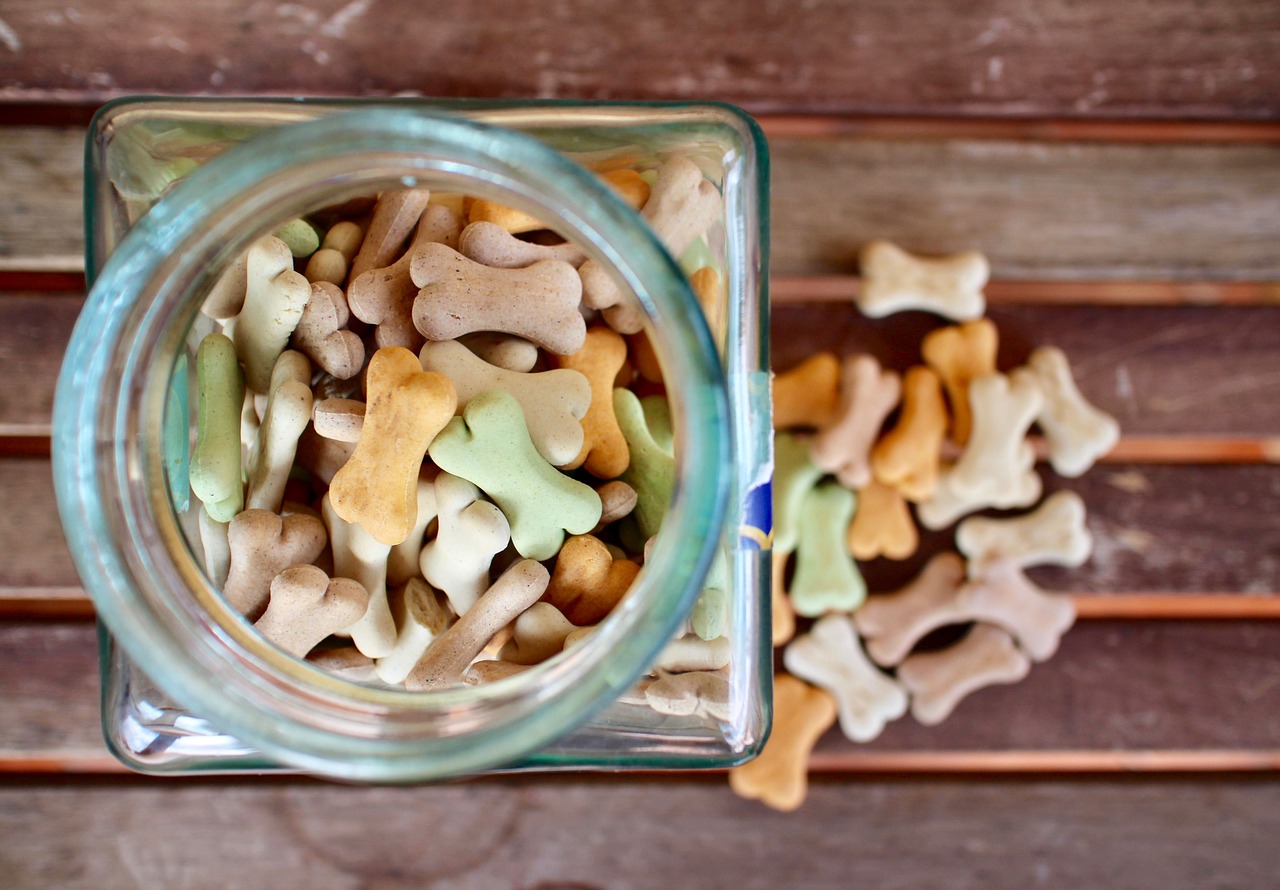

Articles
How To Store Dog Treats
Modified: January 8, 2024
Learn the best ways to store dog treats and keep them fresh for your furry friend. Check out our informative articles for helpful tips and tricks.
(Many of the links in this article redirect to a specific reviewed product. Your purchase of these products through affiliate links helps to generate commission for Storables.com, at no extra cost. Learn more)
Introduction
When it comes to keeping our furry friends happy, healthy, and well-fed, dog treats play a crucial role. Dogs love their treats, and as pet owners, it’s our responsibility to ensure that these tasty morsels are stored properly to maintain their freshness and quality.
Storing dog treats may seem like a simple task, but there are actually several factors to consider to ensure that they remain safe and delicious for our canine companions. From choosing the right storage options to understanding the shelf life of different treats, this article will provide you with comprehensive guidance on how to store dog treats effectively.
It’s important to note that proper storage not only helps maintain the taste, texture, and nutritional value of the treats but also ensures that they are free from any contaminants or spoilage that could be harmful to your dog’s health.
Before we dive into the details of storing dog treats, let’s first consider the factors that should be taken into account when deciding how and where to store them.
Key Takeaways:
- Proper storage of dog treats is crucial for maintaining freshness, taste, and nutritional value. Factors like ingredients, package integrity, and storage location play a key role in ensuring the treats remain safe and delicious.
- Best practices for storing dog treats include choosing the right containers, keeping treats separate from human food, and regular inspection. Different storage options, such as resealable bags and treat dispensers, offer various benefits based on specific needs.
Read more: How To Treat Dog Urine In Lawns
Factors to Consider Before Storing Dog Treats
Before you start storing your dog treats, there are a few important factors to consider. These factors will help you determine the best storage method to keep the treats fresh and safe for your furry friend. Let’s take a closer look at these factors:
- Ingredients: Take note of the ingredients used in the dog treats. Some ingredients, such as those that are prone to spoilage or have a shorter shelf life, may require specific storage conditions.
- Package integrity: Check the packaging of the treats to ensure they are properly sealed and undamaged. Damaged packaging can lead to exposure to air, moisture, and contaminants, affecting the quality of the treats.
- Temperature sensitivity: Consider whether the dog treats are temperature-sensitive. Heat or direct sunlight can accelerate spoilage, while extreme cold temperatures can cause freezing and change the texture of the treats.
- Humidity levels: Certain treats, like soft and chewy ones, can absorb moisture from the air, leading to a loss of texture and potential mold growth. Take into account the humidity levels in your storage area.
- Airtightness: Opt for airtight containers or packaging to prevent air exposure, as oxygen can lead to flavor loss and make treats go stale more quickly.
- Storage location: Choose a suitable storage location away from direct sunlight, heat sources, and areas with high humidity or temperature fluctuations.
By taking these factors into consideration, you can ensure that the treats are stored in the optimal conditions, maintaining their quality and prolonging their shelf life. Now that we have covered the important factors to consider, let’s explore the best practices for storing dog treats.
Best Practices for Storing Dog Treats
To keep your dog treats fresh, tasty, and safe for consumption, it’s essential to follow some best practices when it comes to storage. By implementing these practices, you can prolong the shelf life of the treats and ensure that your furry friend gets the best quality snacks. Let’s delve into these best practices:
- Choose the right storage container: Opt for a container that is specifically designed for storing pet treats. Look for containers that are airtight, BPA-free, and made of food-grade materials.
- Keep treats separate from human food: It’s important to store dog treats separately from human food to avoid cross-contamination. This reduces the risk of any potential allergens or harmful bacteria getting transferred.
- Label and date containers: To avoid confusion, label each storage container with the type of treat and the date of purchase or expiration. This helps you keep track of the freshness of the treats and use them before they expire.
- Store in a cool, dry place: Keep the treats away from direct sunlight, heat sources, and areas with high humidity. Excessive heat and humidity can cause spoilage and mold growth.
- Avoid frequent temperature fluctuations: Rapid temperature changes can affect the quality of the treats. Avoid storing them in areas that experience frequent temperature fluctuations, such as near a stove or refrigerator.
- Do not store in the refrigerator: While some homemade treats or certain sensitive treats may require refrigeration, most store-bought dog treats should not be refrigerated. Refrigeration can cause condensation, leading to a loss of texture and potentially reducing the treat’s palatability.
- Inspect treats regularly: Take the time to inspect the treats for any signs of spoilage, discoloration, or pests. Dispose of any treats that appear off or have passed their expiration date.
- Use treat dispensers: Consider using treat dispensers that can help extend the freshness of the treats. These dispensers provide an airtight seal, ensuring that the treats remain fresh for a longer period.
Following these best practices will help you maintain the quality and freshness of your dog treats, ensuring that your furry friend gets the most enjoyment out of every bite. Now, let’s explore the different storage options available for dog treats.
Different Storage Options for Dog Treats
When it comes to storing dog treats, there are several storage options available, each with its own benefits and considerations. Let’s explore some of the popular storage options and how they can help keep your dog treats fresh:
- Resealable bags: Many store-bought dog treats come in resealable bags, which are convenient for maintaining freshness. After opening the bag, ensure it is tightly sealed to prevent air and moisture from entering.
- Plastic or glass containers: Airtight plastic or glass containers are another popular choice for storing dog treats. These containers provide optimal protection against air exposure and keep the treats fresh for longer.
- Treat jars or canisters: Dedicated treat jars or canisters are not only functional but also add a touch of style to your kitchen or pantry. These containers often have airtight seals to preserve the treats’ quality.
- Treat dispensers: Treat dispensers are specifically designed to keep dog treats fresh and easily accessible. These containers usually have airtight lids or seals and allow you to dispense treats in controlled portions.
- Refrigeration: Some homemade dog treats or treats with natural ingredients may require refrigeration to maintain freshness. If refrigeration is necessary, ensure the treats are stored in airtight containers to prevent moisture absorption.
When selecting a storage option for your dog treats, consider the size, quantity, and individual needs of your treats. Choose a storage option that best suits your preferences and the requirements of the treats you have. Additionally, remember to always follow the manufacturer’s recommendations for storing store-bought treats.
Now that we’ve covered different storage options, let’s move on to understanding how to store homemade dog treats properly.
Store dog treats in an airtight container to maintain freshness and prevent them from becoming stale. Keep the container in a cool, dry place away from direct sunlight to preserve the quality of the treats.
How to Properly Store Homemade Dog Treats
Homemade dog treats can be a great way to provide your furry friend with healthy and delicious snacks. However, since they don’t contain preservatives like store-bought treats, proper storage is key to maintaining their freshness and quality. Here are some guidelines on how to store homemade dog treats:
- Cooling and drying: After baking the treats, allow them to cool completely before storing. This helps prevent moisture buildup, which can lead to mold or spoilage. Additionally, ensure that the treats are fully dried out before storage to avoid any potential moisture-related issues.
- Airtight containers: Transfer the homemade treats to airtight containers once they have cooled. Airtight containers will help keep out air, preserving the treats’ freshness and preventing them from becoming stale.
- Refrigeration or freezing: Depending on the ingredients and recipe, some homemade dog treats may require refrigeration or even freezing. For treats that need refrigeration, store them in airtight containers in the refrigerator and use them within a designated timeframe. For treats that can be frozen, wrap them individually or store them in airtight freezer bags.
- Labeling and dating: Just like store-bought treats, it’s essential to label homemade treats with the type and date of preparation. This helps you keep track of their freshness and ensures you use them before they spoil.
- Regular inspection: Regularly inspect the homemade treats for any signs of spoilage, including changes in color, texture, or odor. Dispose of any treats that appear off or have passed their expiration date.
Following these guidelines will help you store your homemade dog treats properly, keeping them fresh and safe for your furry friend to enjoy. Now, let’s explore some tips for extending the shelf life of your dog treats.
Tips for Extending the Shelf Life of Dog Treats
Ensuring the longevity of your dog treats is important to make sure your furry friend can enjoy them for an extended period. By following these simple tips, you can help extend the shelf life of your dog treats:
- Store in a cool, dry place: Keep your dog treats away from heat sources and direct sunlight. Exposure to high temperatures can cause the treats to spoil more quickly.
- Avoid moisture: Moisture can lead to mold growth and spoilage. Make sure your treats are stored in a dry environment and that the packaging or storage container is airtight to prevent moisture from getting in.
- Use desiccants or oxygen absorbers: Desiccants or oxygen absorbers can help absorb moisture and extend the shelf life of dog treats. Place these packets in the storage container to help keep the treats dry and fresh.
- Rotate treats: If you have a large quantity of treats, it’s a good idea to rotate them. Use the older treats first to ensure none of them go past their expiration date.
- Avoid contaminating treats: Always wash your hands before handling dog treats to prevent any potential contamination. Also, ensure that any surfaces or utensils used for handling the treats are clean and free of harmful bacteria.
- Store treats separately: If you have different types of dog treats, it’s best to store them separately to prevent different flavors or odors from mixing together. This will help preserve the individual taste and quality of each treat.
- Monitor expiration dates: Keep track of the expiration dates of your store-bought dog treats and homemade treats. Regularly check for any signs of spoilage or changes in texture or smell.
- Avoid exposure to air: When opening the packaging or container, try to minimize the amount of time the treats are exposed to air. This helps maintain their freshness.
By incorporating these tips into your dog treat storage routine, you can maximize their shelf life and ensure that your furry friend gets the most out of each treat. Now, let’s wrap things up.
Conclusion
Properly storing dog treats is essential for maintaining their freshness, taste, and nutritional value. By considering factors such as ingredients, package integrity, temperature sensitivity, humidity levels, airtightness, and storage location, you can ensure that your dog treats remain safe and delicious.
Following best practices, such as choosing the right storage containers, keeping treats separate from human food, labeling and dating containers, and storing treats in a cool, dry place, will help prolong their shelf life. Different storage options, including resealable bags, plastic or glass containers, treat jars or canisters, treat dispensers, and refrigeration, offer various benefits depending on your specific needs.
When it comes to homemade dog treats, cooling and drying them, placing them in airtight containers, and considering refrigeration or freezing when necessary are key. Regularly inspecting your homemade treats and labeling them with the type and date of preparation will help you keep track of their freshness.
To extend the shelf life of dog treats, storing them in a cool, dry place, avoiding moisture, using desiccants or oxygen absorbers, rotating treats, preventing contamination, storing treats separately, monitoring expiration dates, and minimizing exposure to air are essential practices to follow.
By implementing these strategies, you can ensure that your dog treats stay fresh, delicious, and safe for your furry friend to enjoy. Remember to always check for signs of spoilage, discoloration, or pests before offering treats to your dog, and dispose of any treats that have expired or appear to be off.
Now that you have a comprehensive understanding of how to store dog treats effectively, you can provide your furry companion with a continuous supply of delicious and wholesome treats. Happy treating!
Frequently Asked Questions about How To Store Dog Treats
Was this page helpful?
At Storables.com, we guarantee accurate and reliable information. Our content, validated by Expert Board Contributors, is crafted following stringent Editorial Policies. We're committed to providing you with well-researched, expert-backed insights for all your informational needs.
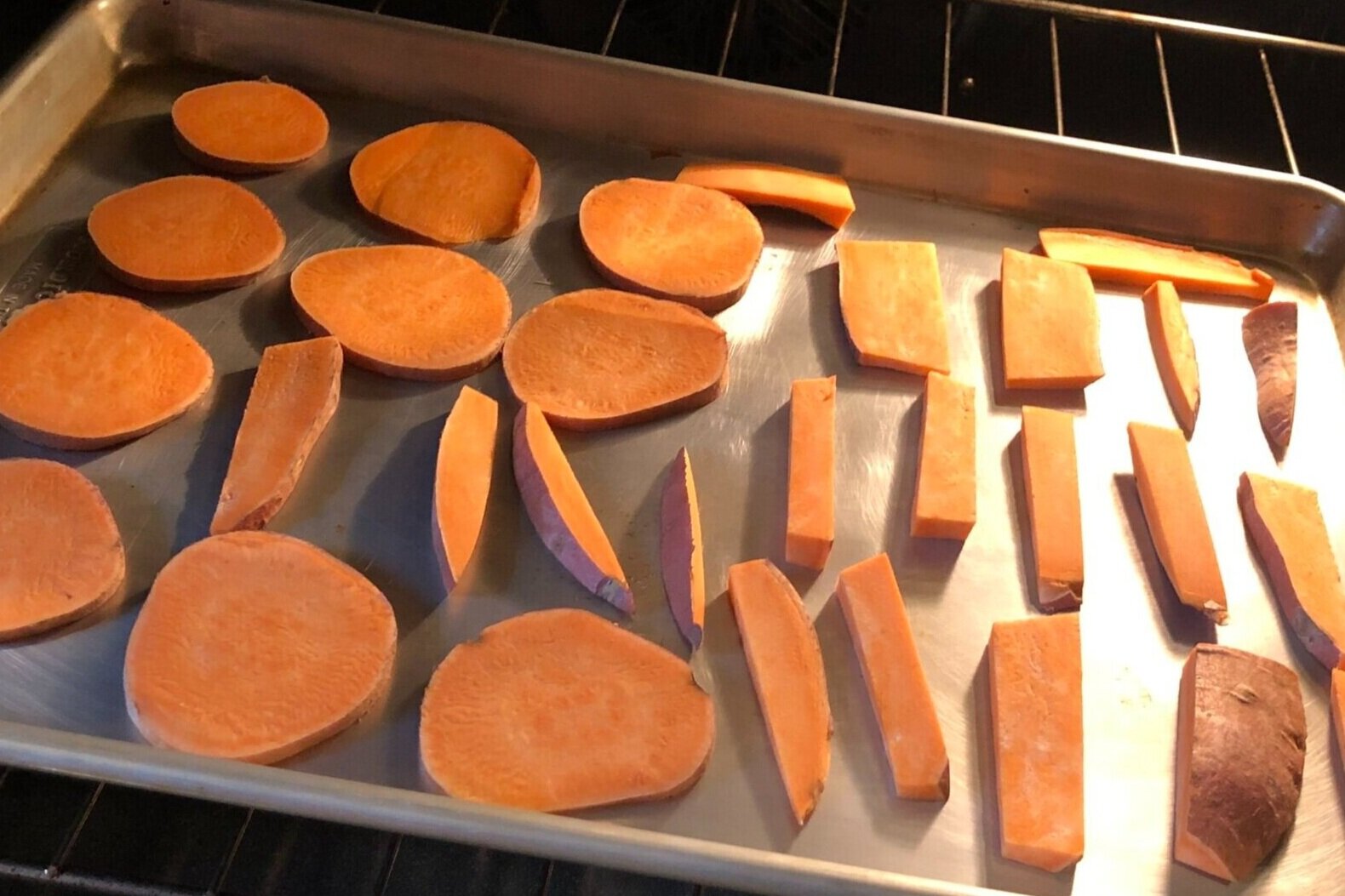

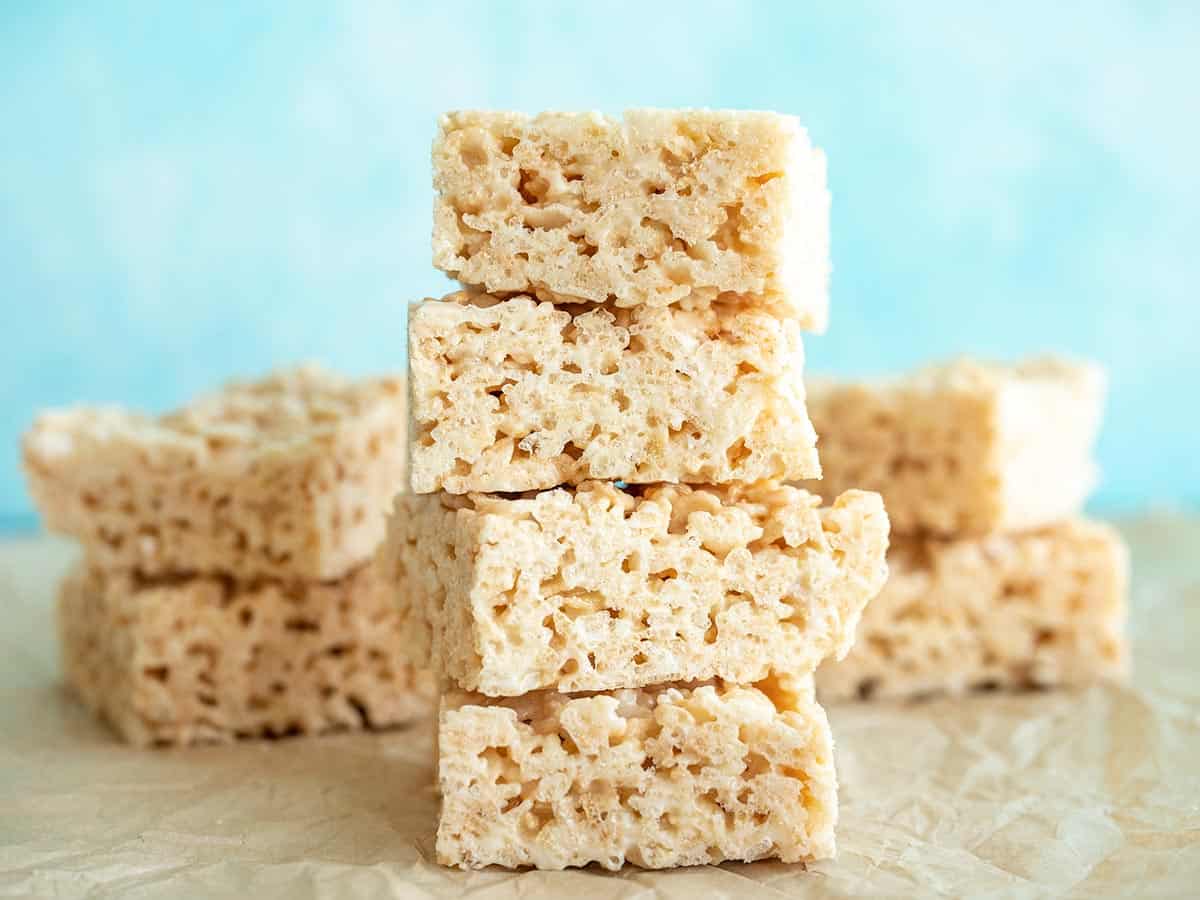
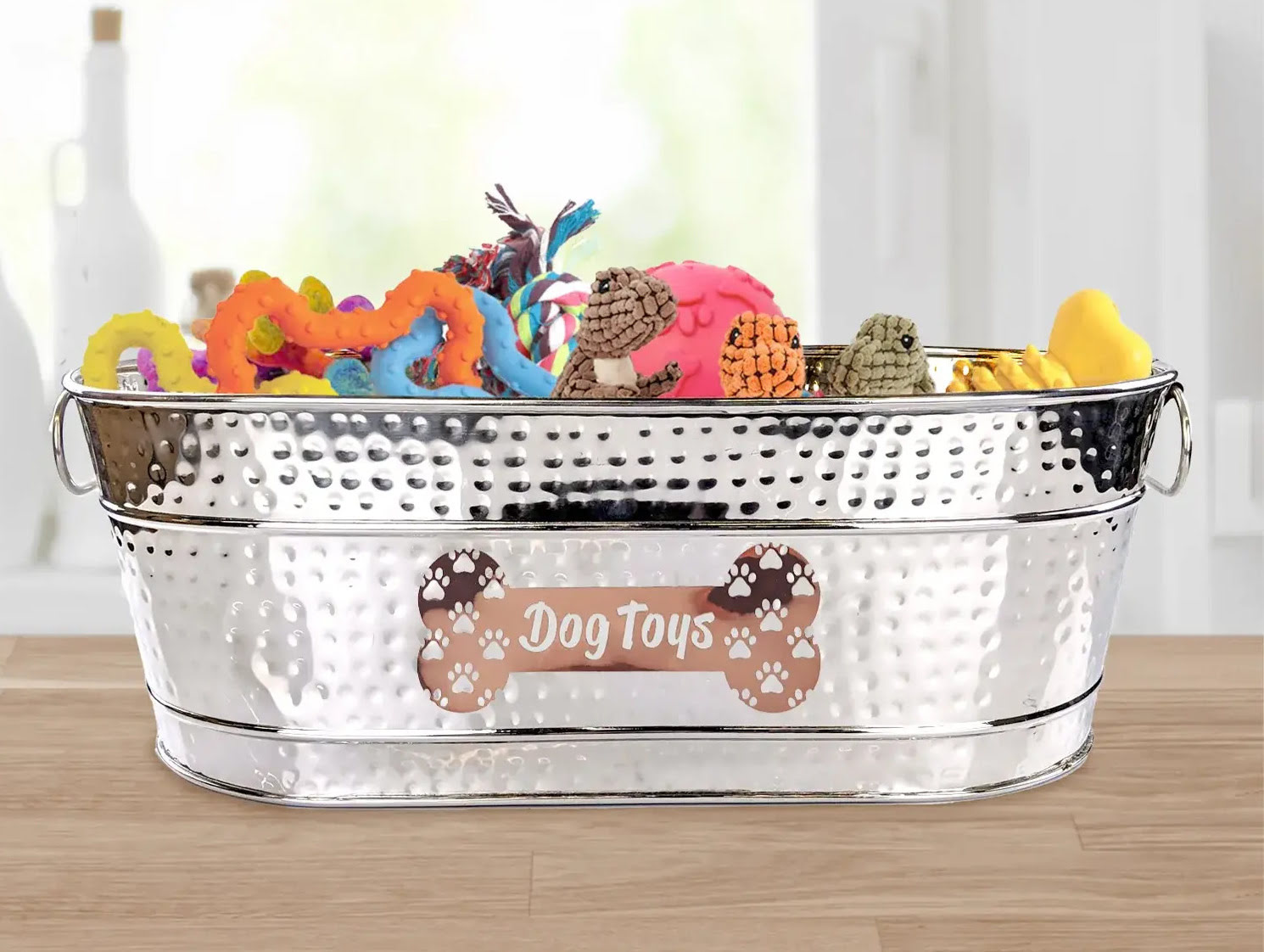
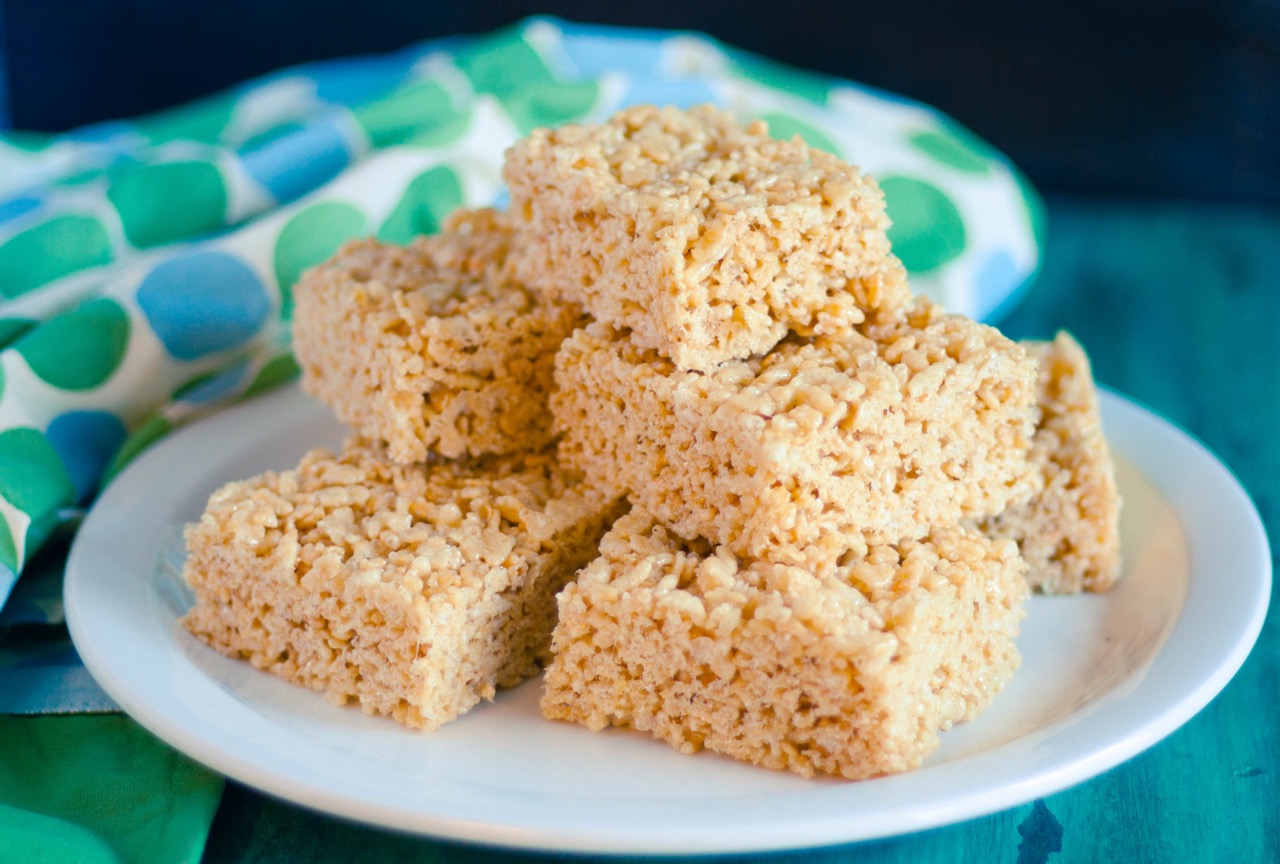
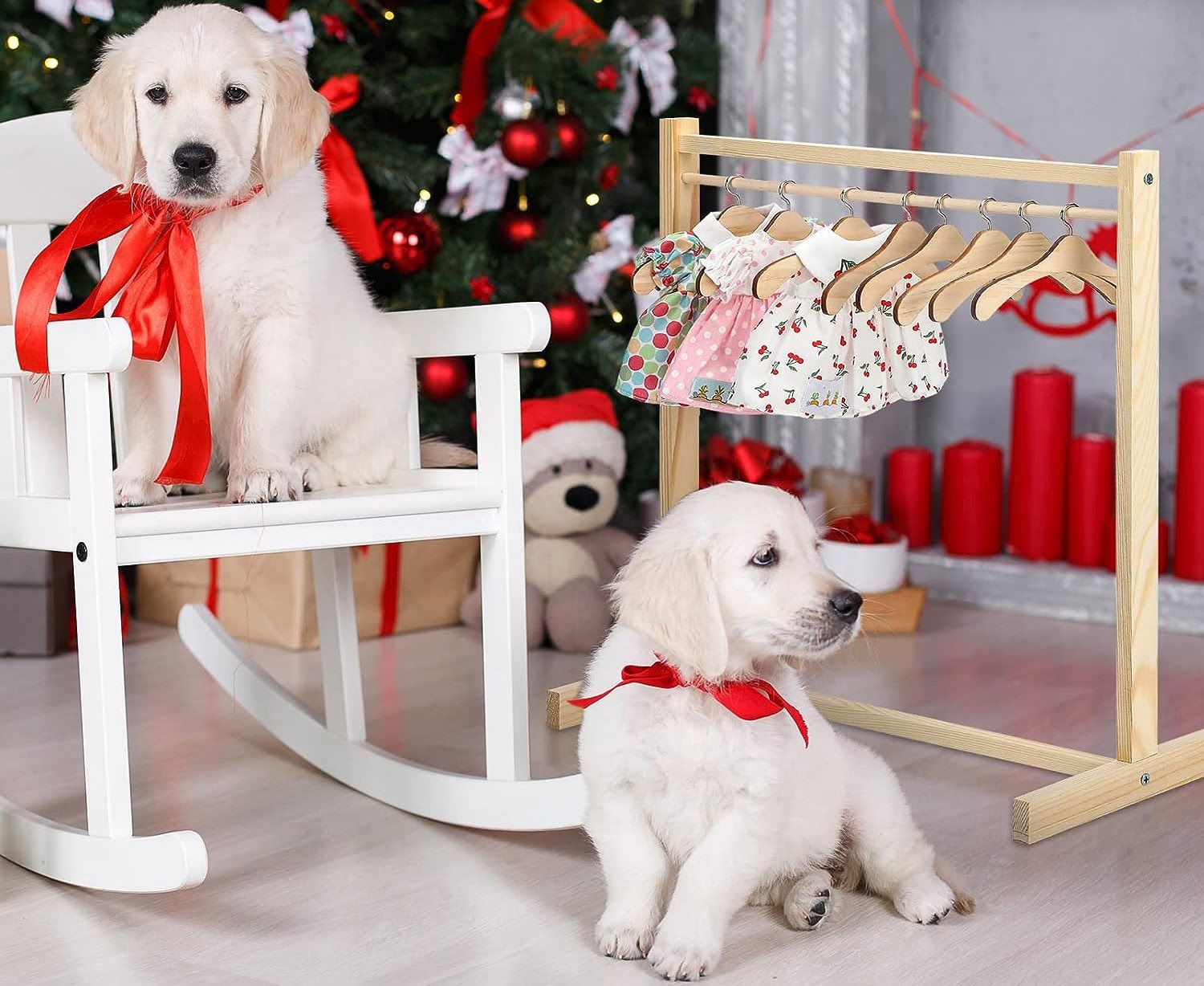
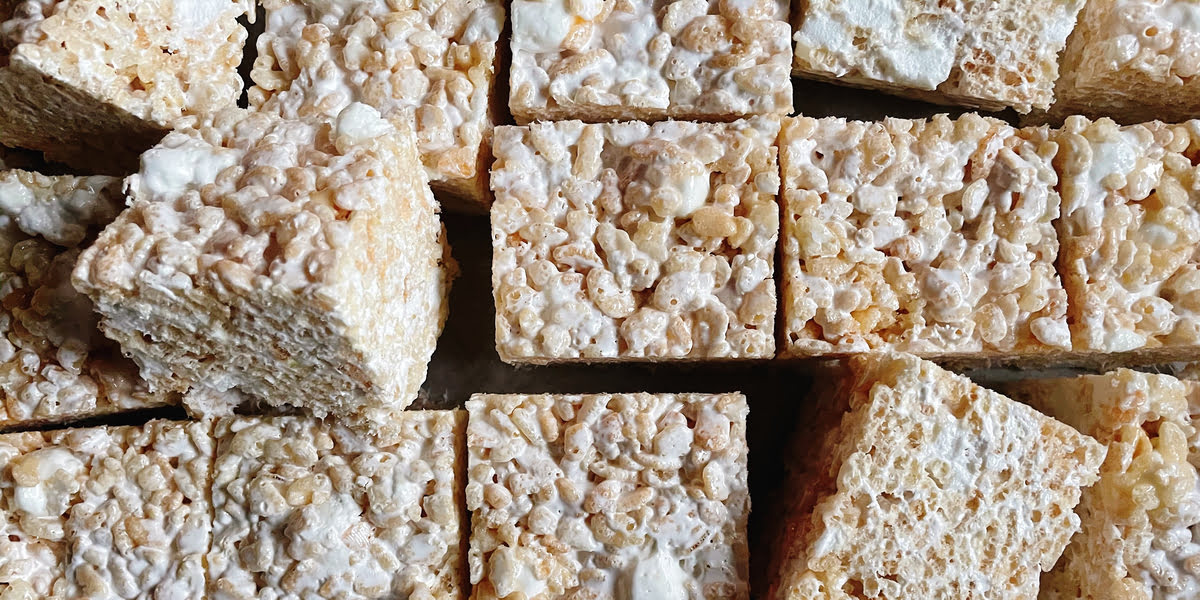

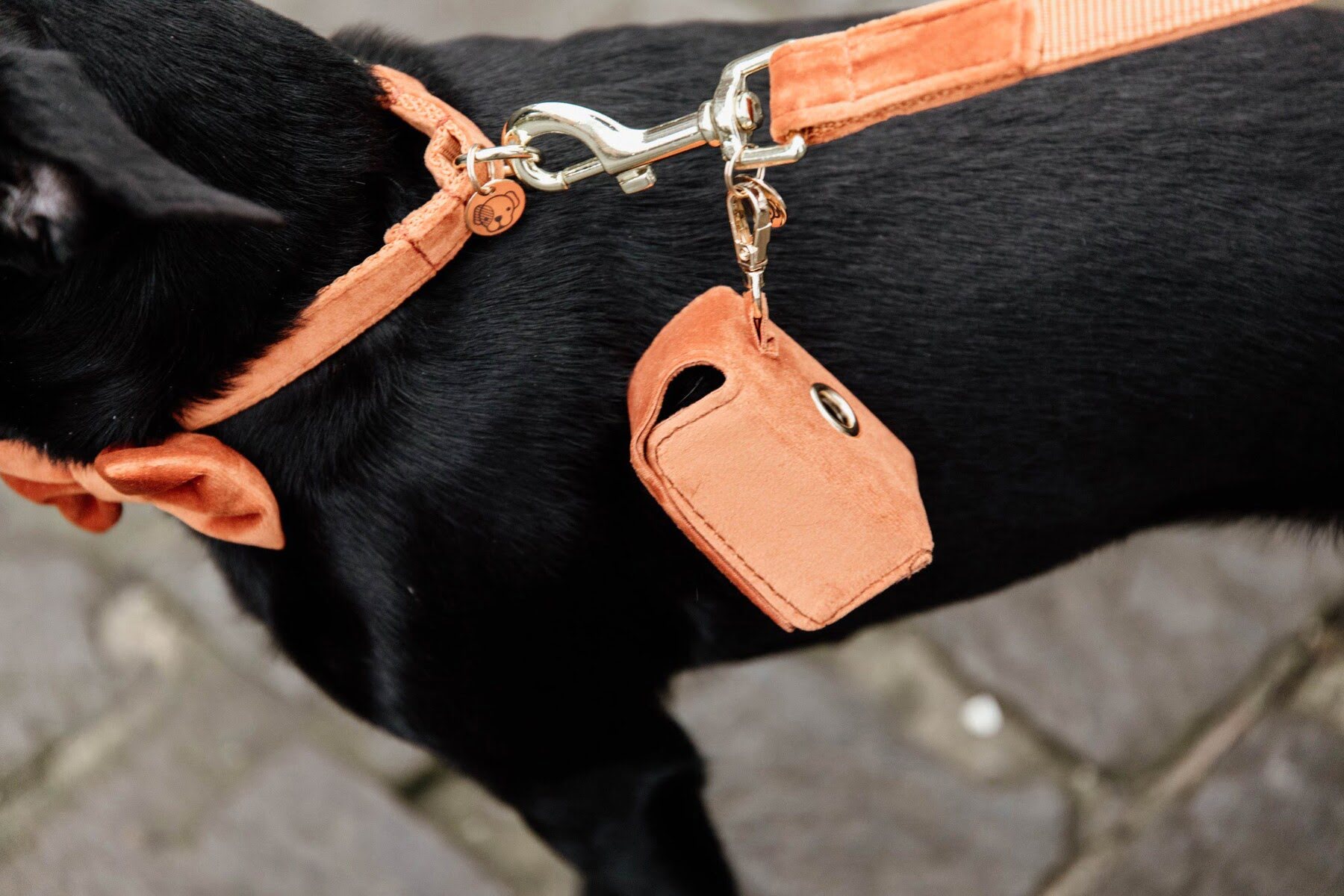
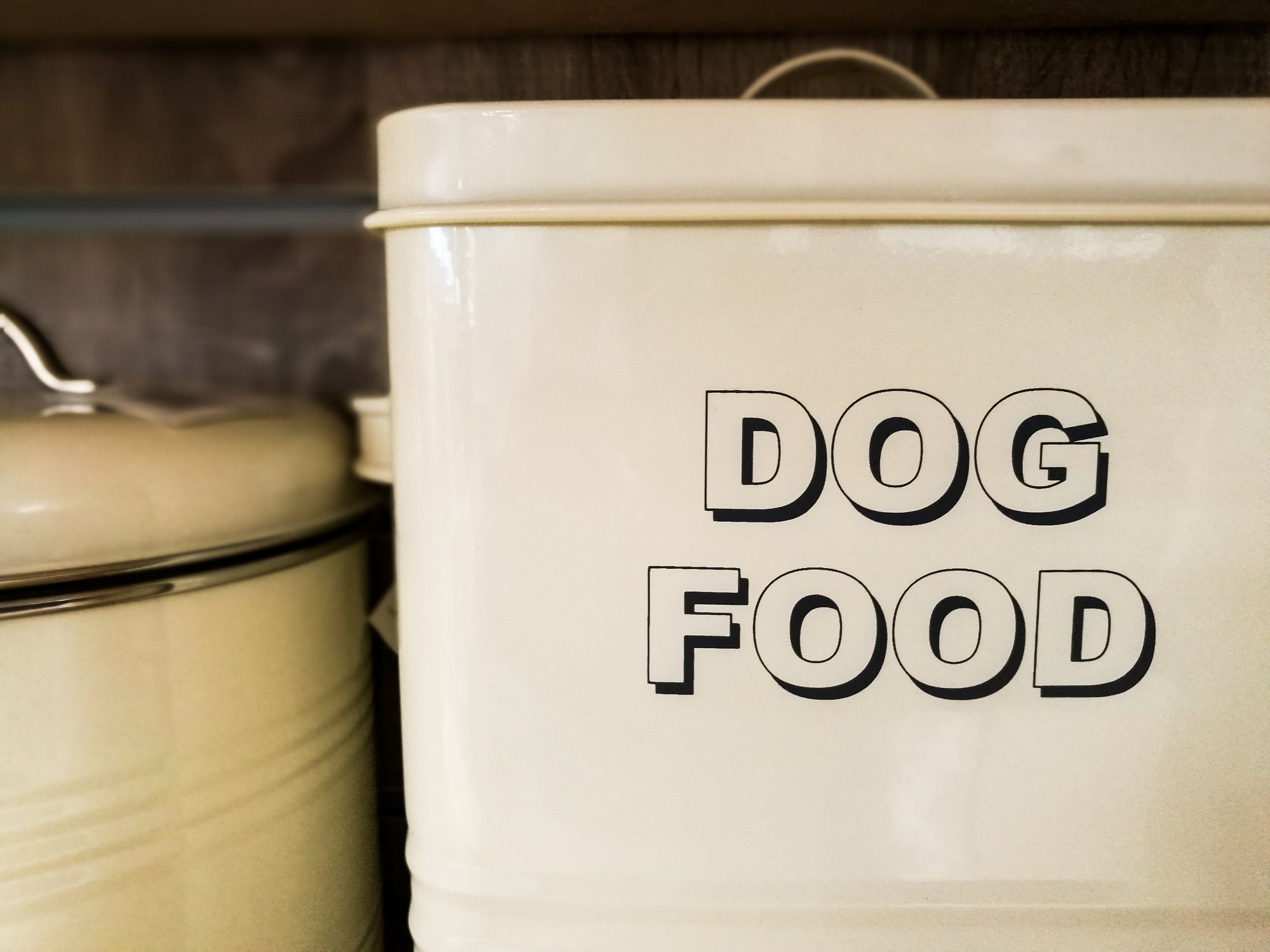
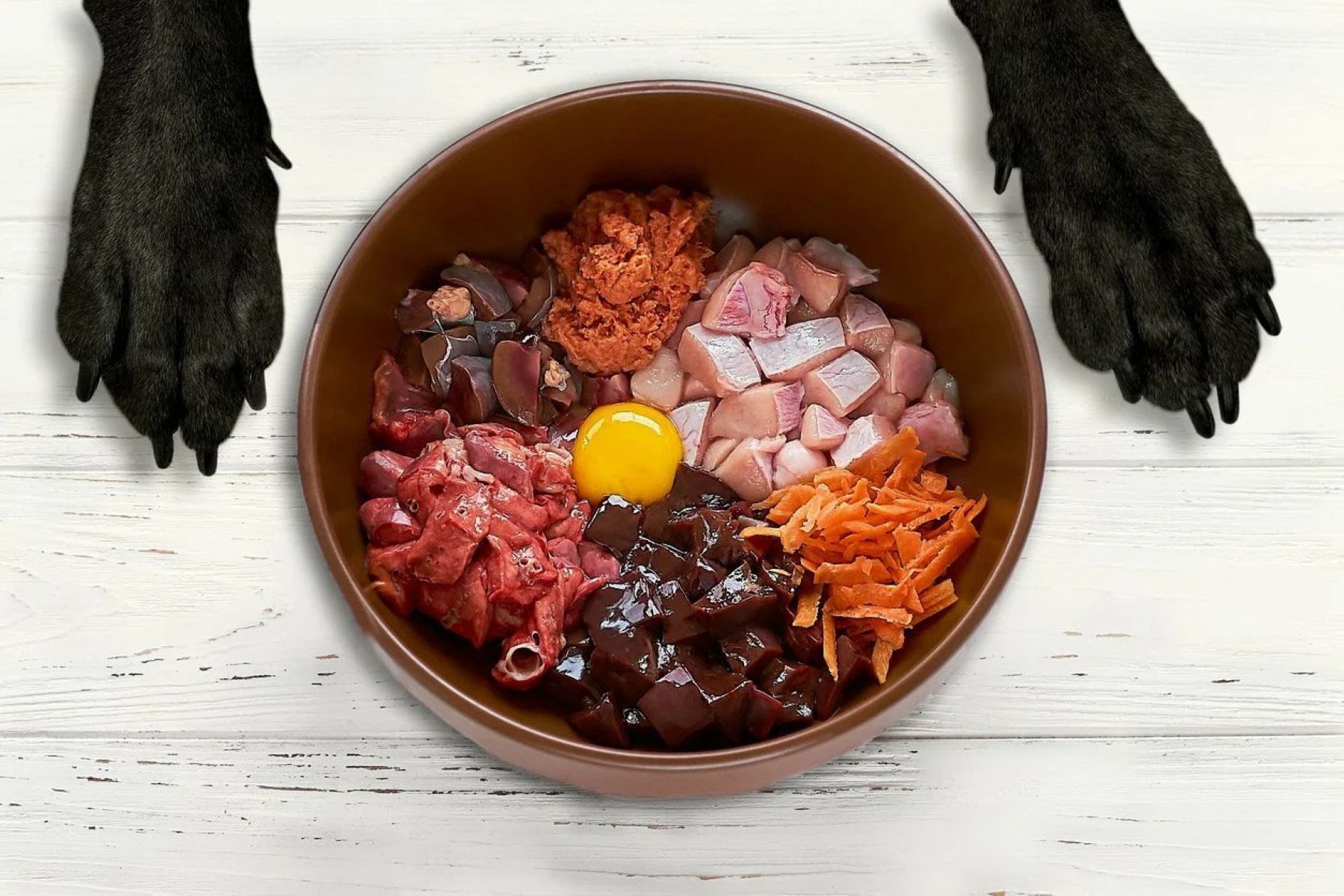
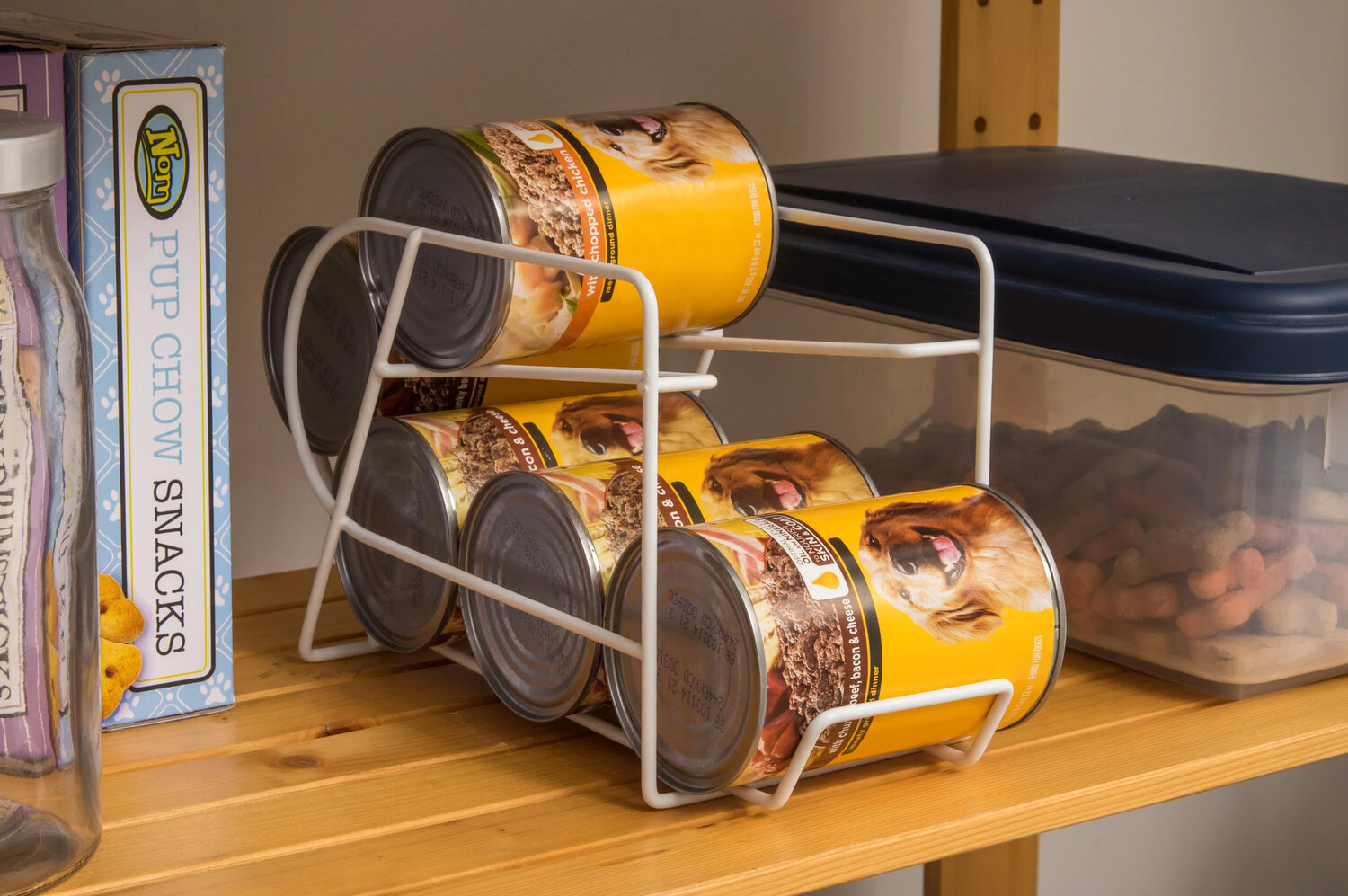
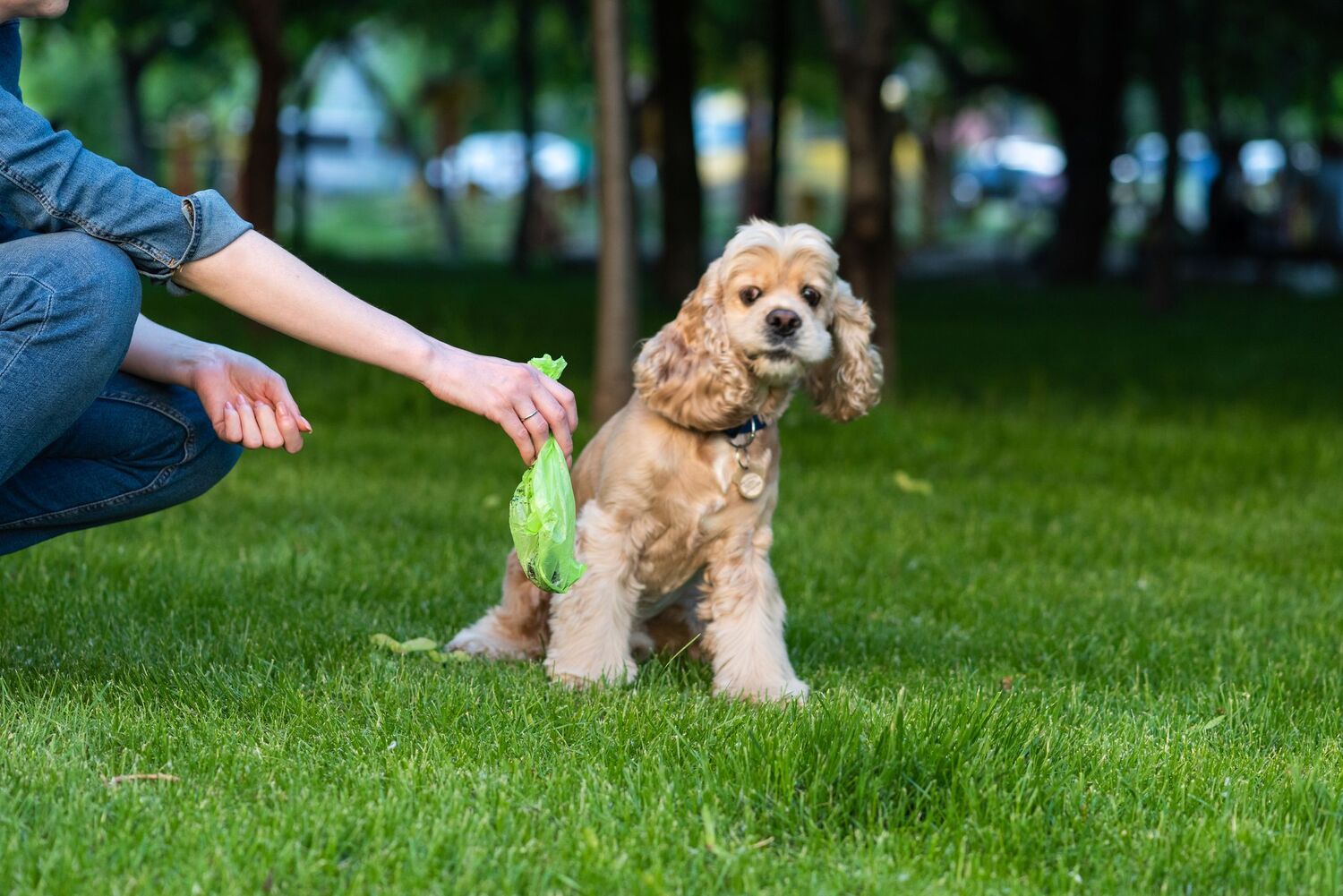
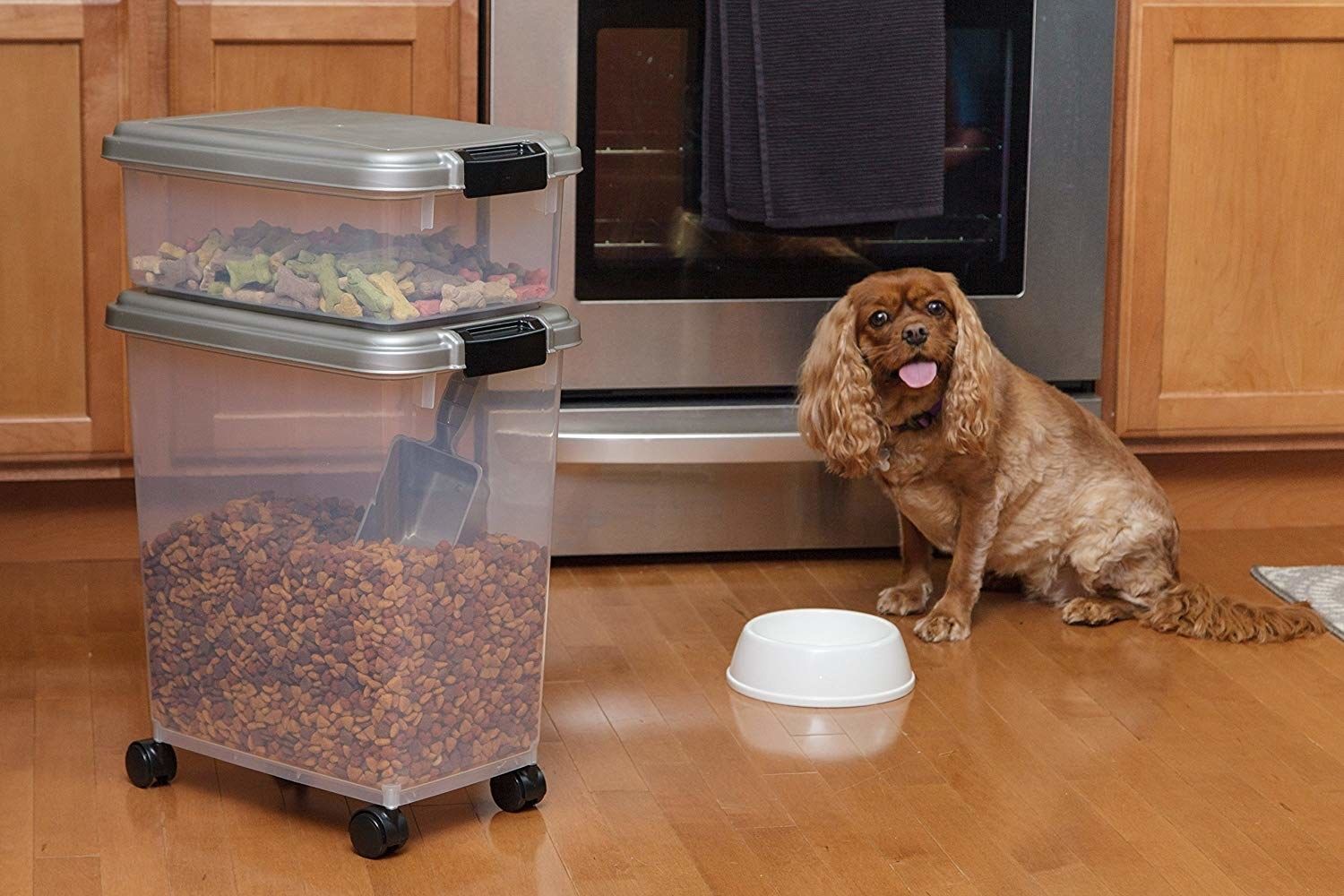

0 thoughts on “How To Store Dog Treats”